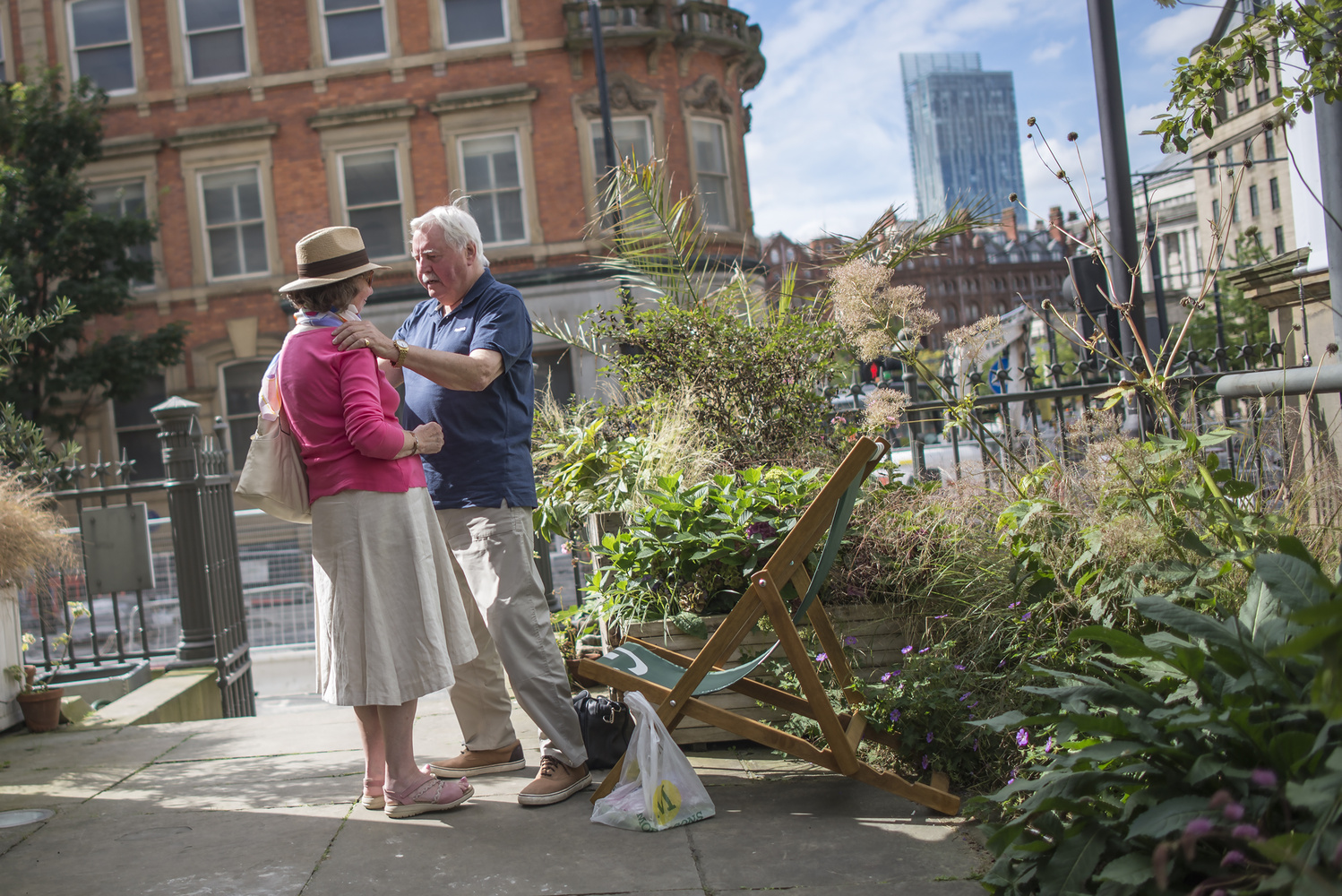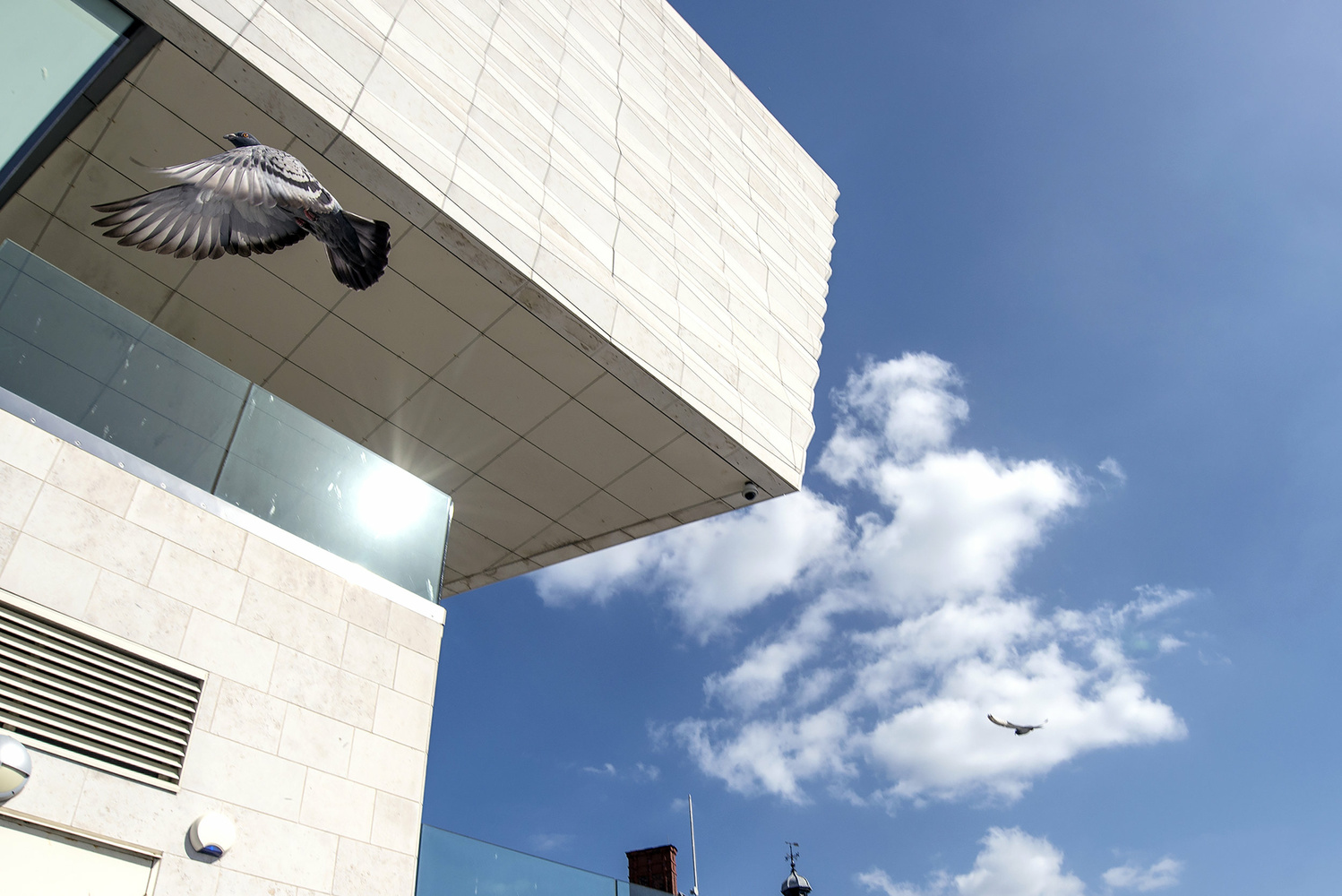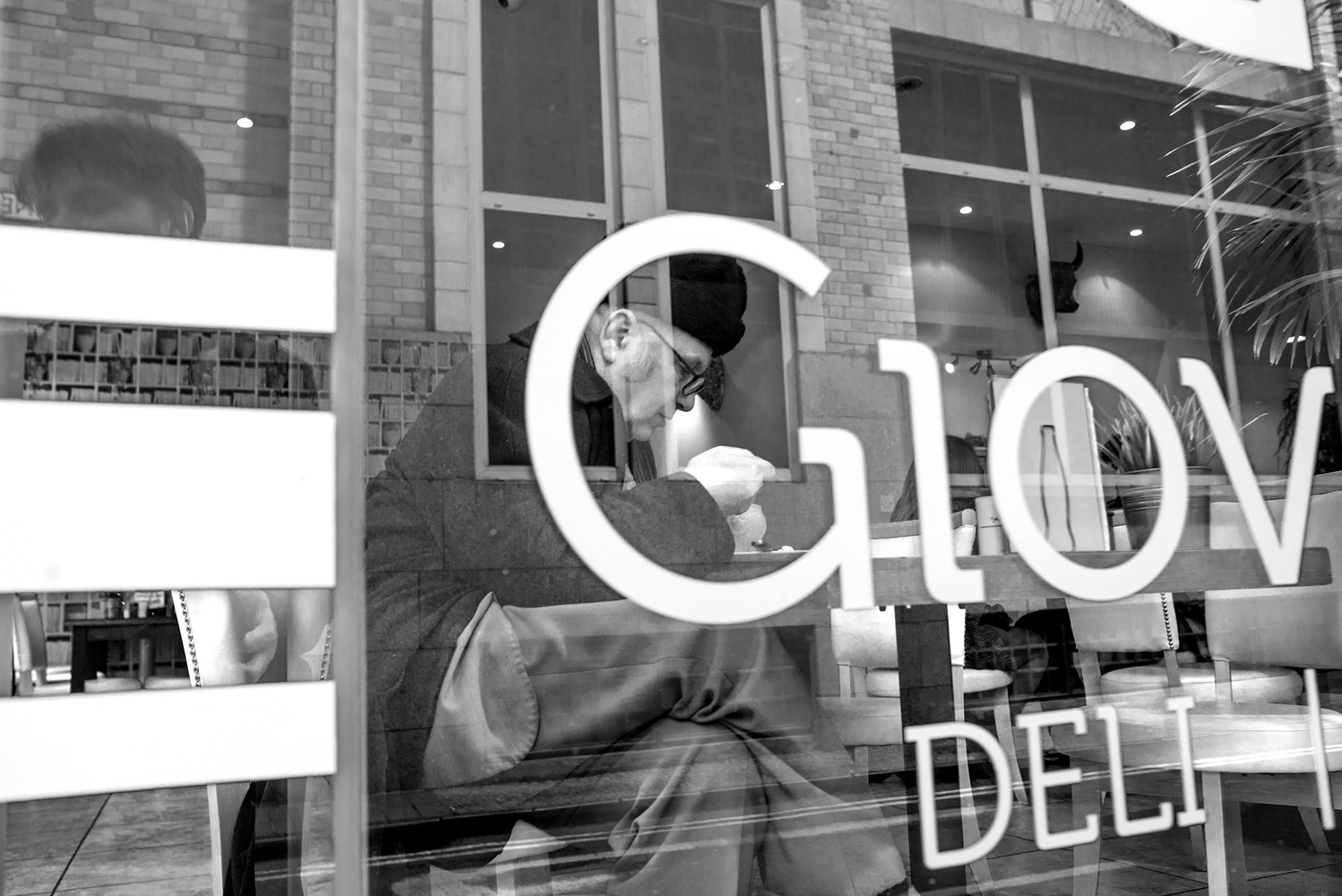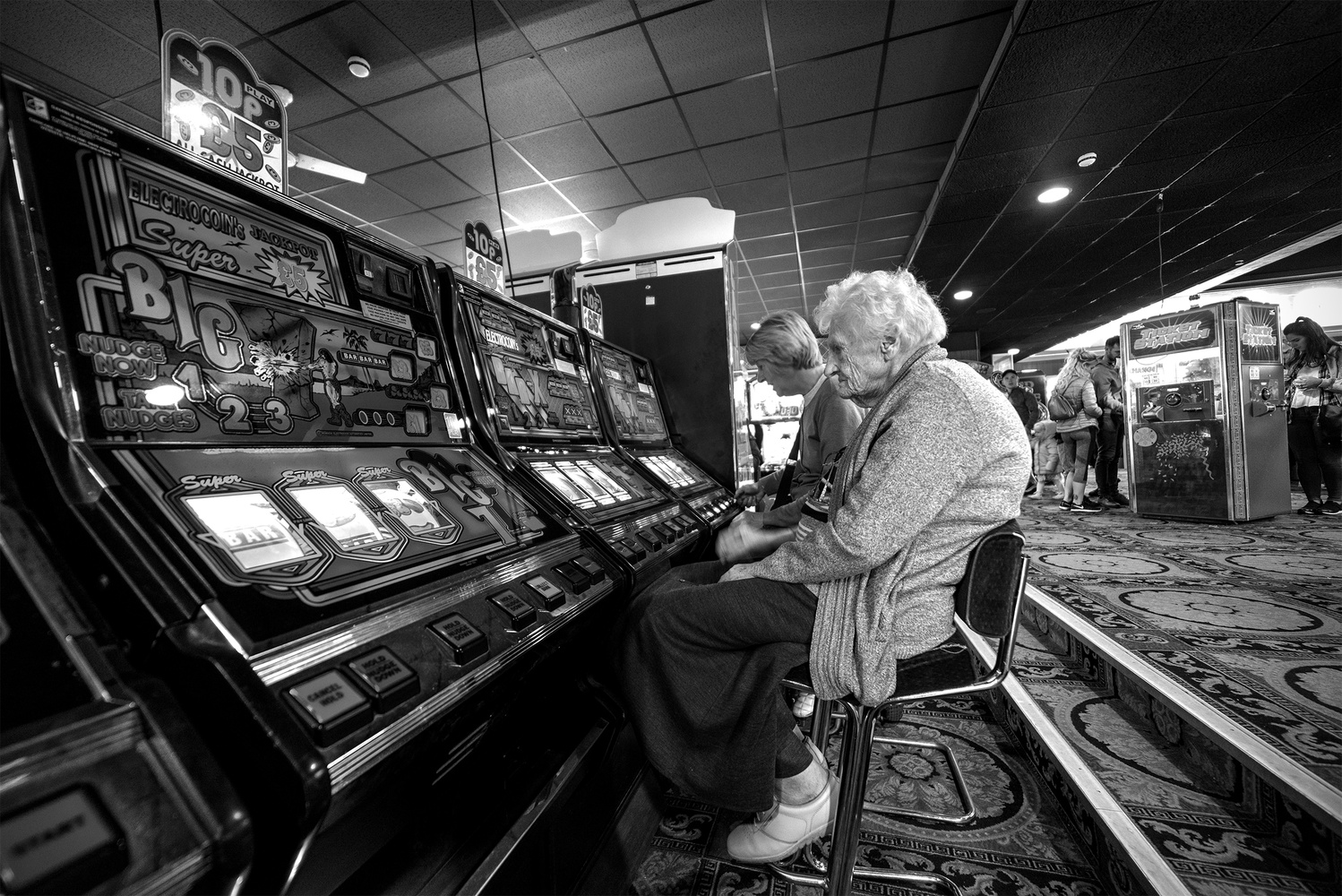Street photography is a realm of photography that carries enormous weight. A genre derived from some of the world's photographic pioneers — the big names. The generations taking cameras to the front lines of war, documenting death, destruction, humility, and the human spirit, and bringing it home to document the everyday. It’s a genre of photography like no other, and here’s why you should be shooting it.

When I first plunged into the murky world of photography, it wasn’t for the coin. That came much, much later. It was through a love of documenting the world around me, regardless of theme and with very little monetised intention. A lot of my want to shoot came from a deep, and perhaps pretentious need to find a way of creating images that said something about me and how I saw the world around me. A fine art graduate, I was compelled to be different, to delve deep within and find all the philosophical truths hidden within what I was experiencing on a very human level, but of course, differing from all the people around me. Clapton had his guitar, Bacon had his canvas, and I, Barrow, had a second-hand Olympus, the model of which I can’t even remember. And to this day, the easiest way for me to scratch that awfully self-involved itch is to hit the streets. Here’s why.
It’s Cheap
Street photography is humble. All you need is a camera. Yes, as the years have slipped away, my gear and to hopefully a far greater extent, my skill and experience (questionable) have enabled me to shoot with better end results, but that all comes second to the act of simply getting out and shooting. Train fare into the nearest town or city and perhaps grabbing a coffee or stopping for a well-earned beer is the only cost. The rest is simply about moving, exploring, being intrigued and sometimes, being brave. At the most basic level, all we endeavour to do is shoot and be proud of what we come away with. Nothing beats knowing you’ve got a shot or two that you’re super excited to get home and edit, and this in itself is priceless.

It Exercises Photographic Prowess in All Forms
You could be a fashion photographer, food photographer, automotive photographer or nature photographer, but the skills developed from hitting the streets with nothing but a body and a lens feed into any genre. Twitch fibres are strengthened, and muscle memory and an innate understanding of your camera all come into play. Often you’ll have to be quick and on the mark. Other times you’ll need perspective and intuition to foresee a situation playing out in front of you. Shooting from the hip and on the move gives you a totally different perspective of the world you're in and strengthens a bond with the camera like it’s an extension of your anatomy, your eyes acting as the viewfinder and trigger finger working in complete harmony with them.

It Trains the Brain
Those first moments in a busy city, shooting can be completely daunting. The world around you is stopping for nothing and you’re intentions are to get in amongst it. It takes a little getting used to, but having a clear vision of what it is you’re looking for starts to develop a pattern in the brain which is completely different to normal cognitive activity. You could be focussing on light and dark in architecture for a black and white series, or looking to shoot reflections in cafe windows. It could be that you're transfixed with colour. However simple the variable, you’ll find that sticking to it gives you a focus and the more you exercise this, the greater the opportunities become.

It’s Rewarding
Shooting street can be frustrating and there will be times when you simply don’t find your rhythm. Perhaps the weather changes or you have other things on your mind. This is totally normal. But when the stars do align and you find yourself documenting what you set out to capture, there really is no feeling that compares. The world and everybody in it can be a playground, ready for you to get stuck into. Colour, shape and character leap out all around you as you truly start to see your local town like never before. There may be situations where you know the best option is to linger and wait, waiting for that one passerby to interact with something you’ve had eyes on for half an hour. In other instances you may be compelled to shoot like an insane person, completely out of character, in order to completely disarm what your brain is telling you is ‘the norm’. There really are no rules and after a day or week of shooting and editing to briefs and for clients, it’s one of the greatest ways to re-immerse yourself in why you got into photography in the first place.
You may be reading this and thinking "yes that's all well and good Mike, but it's just not my cup of tea." To that I say, give it a try. You don't need to be slinging a camera in every passerby's face. It's not about being rude, abrupt, or a rockstar with a camera. Street doesn't mean people, grit and realism. It doesn't even have to mean urbanity. I think we often forget why photography is such a powerful tool for documentation because it's simply everywhere and to such disgracefully high degrees of specificity and quality, particularly in the commercial world. You could be solely focused on buildings and shapes, black-and-white imagery or even textures using a macro lens. Street stands for all manner of things, but at its heart, it's a true and frank representation of the world around us, which is why it stemmed from the war photographers and photojournalists of old.
I believe every one of us, photographer or not, has a curiosity about life that is true to one's self and no one else. Photography provides us with the means to show other people that curiosity brings with it a plethora of advantages that can insight and inspire, with or without the camera.







great article. Many times I've wanted to do street photography, or at least try it, but I find myself weary of photographing people. How do you go about that?
Thanks, Twum! Appreciate the comments. I always found it very difficult to find the courage to shoot people, despite them being my main source of interest. The distance from hip to the eye can seem gigantic when you're wary of being caught and/or upsetting people. I usually shoot from the hip. Throwing the aperture nice and wide and being safe in the knowledge of a super fast shutter and a fixed point focus means you can focus on just aiming and feeling the focus lock beneath your fingertips, firing off a few frames a second and, well, hoping for the best! I've had many frustrating situations where the focus has jumped slightly but it's the nature of the beast with that method of shooting. You'll find the more you do it the better you get, and as your confidence grows on a street session, the more compelled you'll be to use the viewfinder and really get that perfect shot! Good luck and enjoy it!
Hi Michael, thanks for your reply. I'll definitely give it a "shot". LOL. I guess it would best to use a prime? I just have a 50mm prime. Maybe a 23 or 35 should work better?
Great point Twum. For the way I shoot, the 28mm prime works perfectly. Just wide enough to give some forgiveness but not too wide as to be all encompassing. All the above images are 28mm apart from the pigeon shot, which is my wide angle
Don't worry at all. Just don't point the camera at faces. (I almost never shoot from the hip.) People will either not care and just continue to walk into the frame or walk around. If you saw most of my photos of NYC, Paris, London*, etc., you'd think that these cities were practically abandoned!
*Sunday morning. Just an example, this is not an example of great street photography!
Wow, really is desolate! I guess my overriding ethos is always to literally pluck the moment from time and space, causing little to no disruption from what my subjects are engaging in. I shoot on the move so it's important there are no clues as to my intentions. I guess this is where less conspicuous mirrorless cameras help, rather than the chunky DLSR I carry round with me. I also really like the angle from the hip. Give's that slightly more appealing angle, more me anyway!
Awesome article, love your work. I love street photography and do shoot from the hip sometimes. Like you said, it really trains your brain to look at things differently and find interest in everyday things. My partner was with me when we were shooting street one afternoon and he is more direct and didn’t take a shot very discreetly and a guy got very antsy about being photographed. So my words of wisdom would be to be discreet and always smile if you capture someone and they see you 😃
Never look at people directly when taking photographs helps too.
I can only agree with that. And it won't let you go. Even when I deal with other genres, a special situation on street catches me.
I agree that the skills that one develops shooting street can improve one's overall photography abilities. But as for me, I do not like manmade things ... they do not interest me, especially from an aesthetic standpoint. And I struggle to do things that I am not interested in or that I do not find appealing. It would be really hard, if not impossible, to shoot street without having any manmade things in the photos, wouldn't it?
It’s a good point Tom. Natures beauty far surpasses the man made world, as it should! I guess it depends how you address it. Man made elements would be impossible to a life but wouldn’t have to be the focal point. I’d urge you to give it a go and report back. Would be interesting to hear how you got on, even if it ends up being the worst day of your life! Haha
Always fun shooting street photos. And one can define "street photography" in many ways. You can shoot people or just buildings etc. On being confronted by the people you shoot - it has happened to me a few times, but more to my friends that are with me. One thing I know for sure - don't be sneaky but just have your camera out in plain view. But when someone does confront you, just say sorry and move on. It seems at times some people just like to argue. Don't even try to explain to them, that they have "no expectation of privacy" while out in public. But sometimes a photo does come up that I just have to take, and at that time I will ask, or just point my finger at my camera indicating I want to snap them. If they wave me off, fine. There are more than enough people in the world to shoot photos of.
This is one area where a phone is an advantage. No one pays attention to a phone, you can be almost invisible.